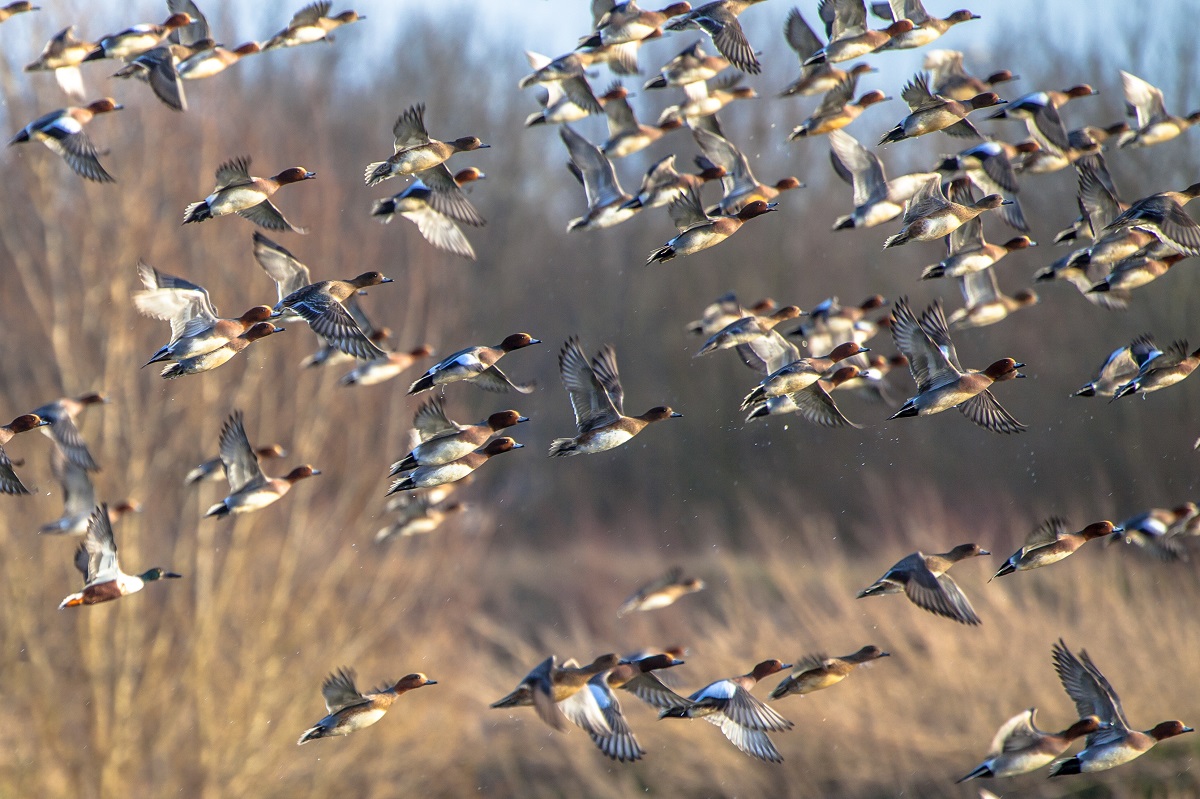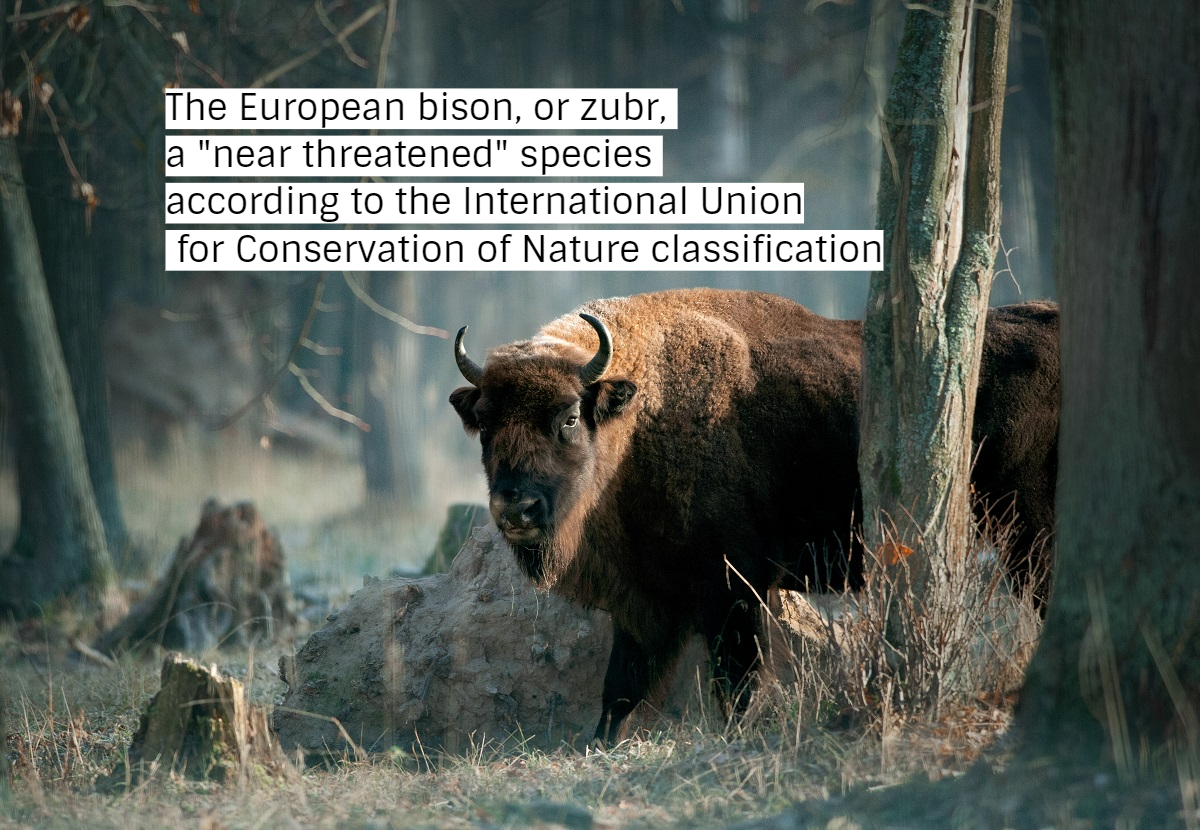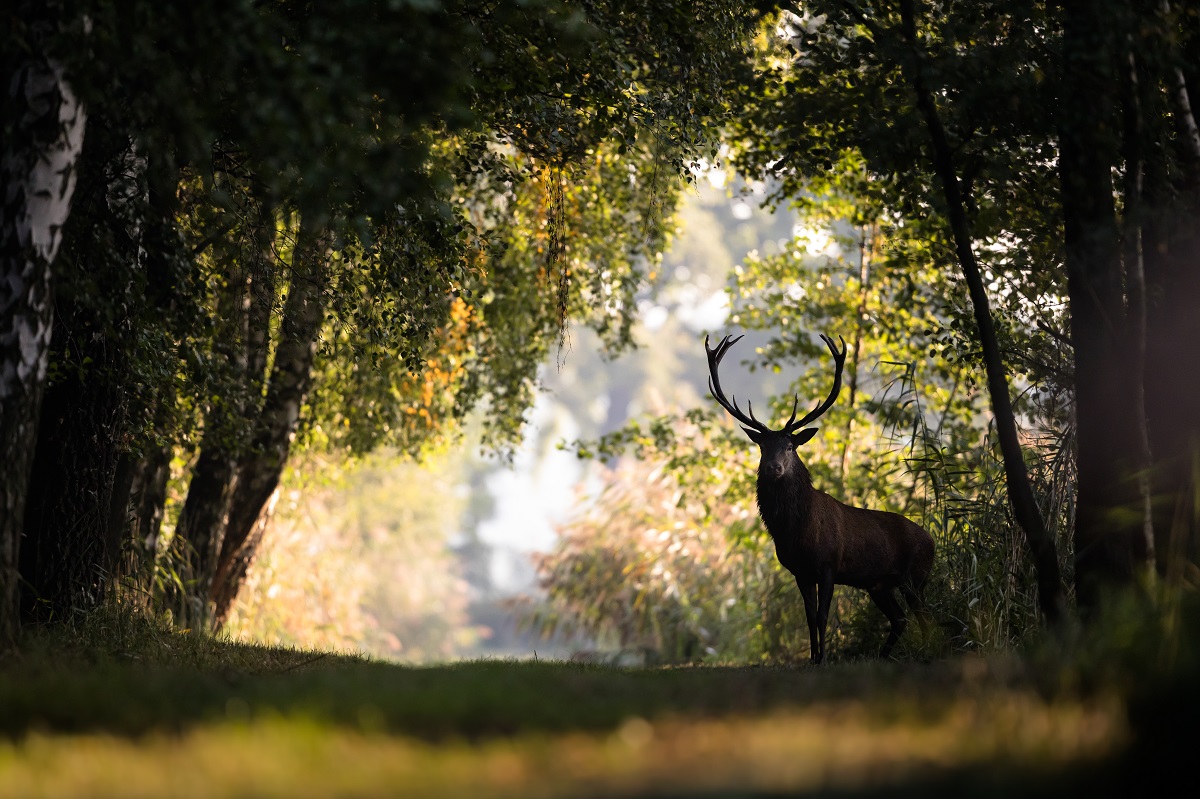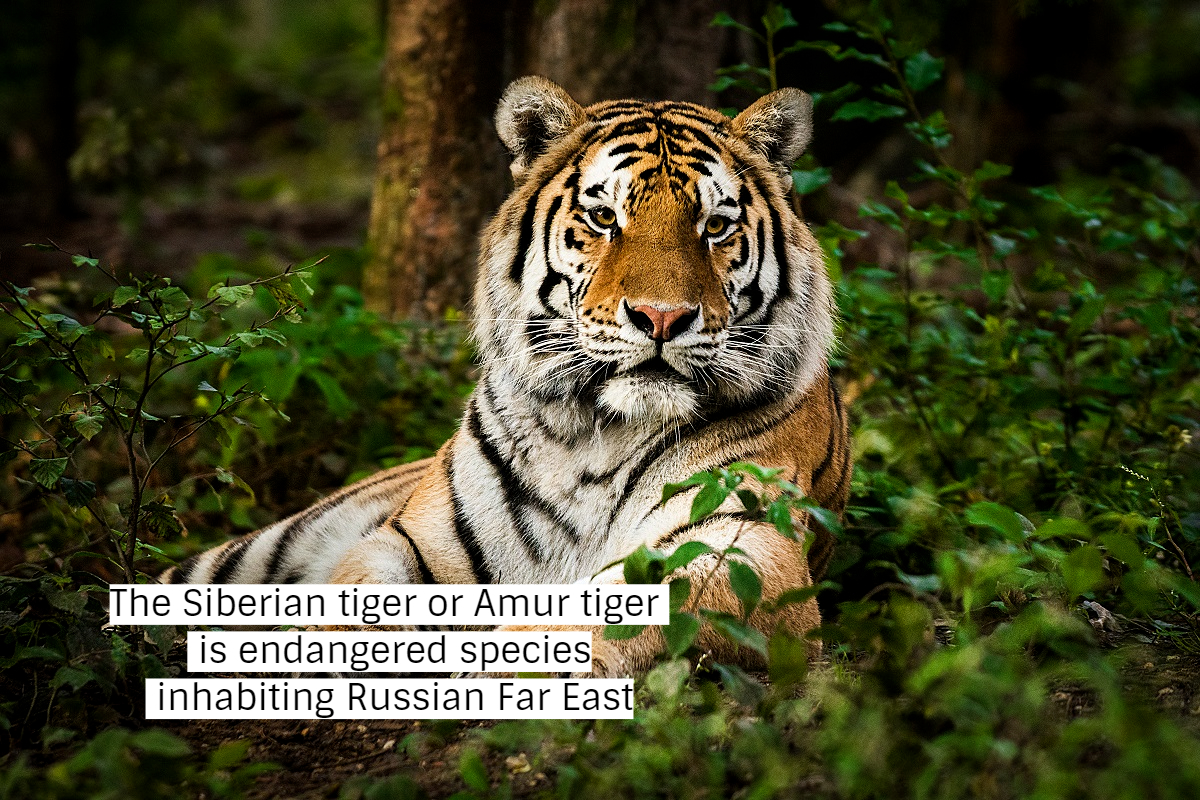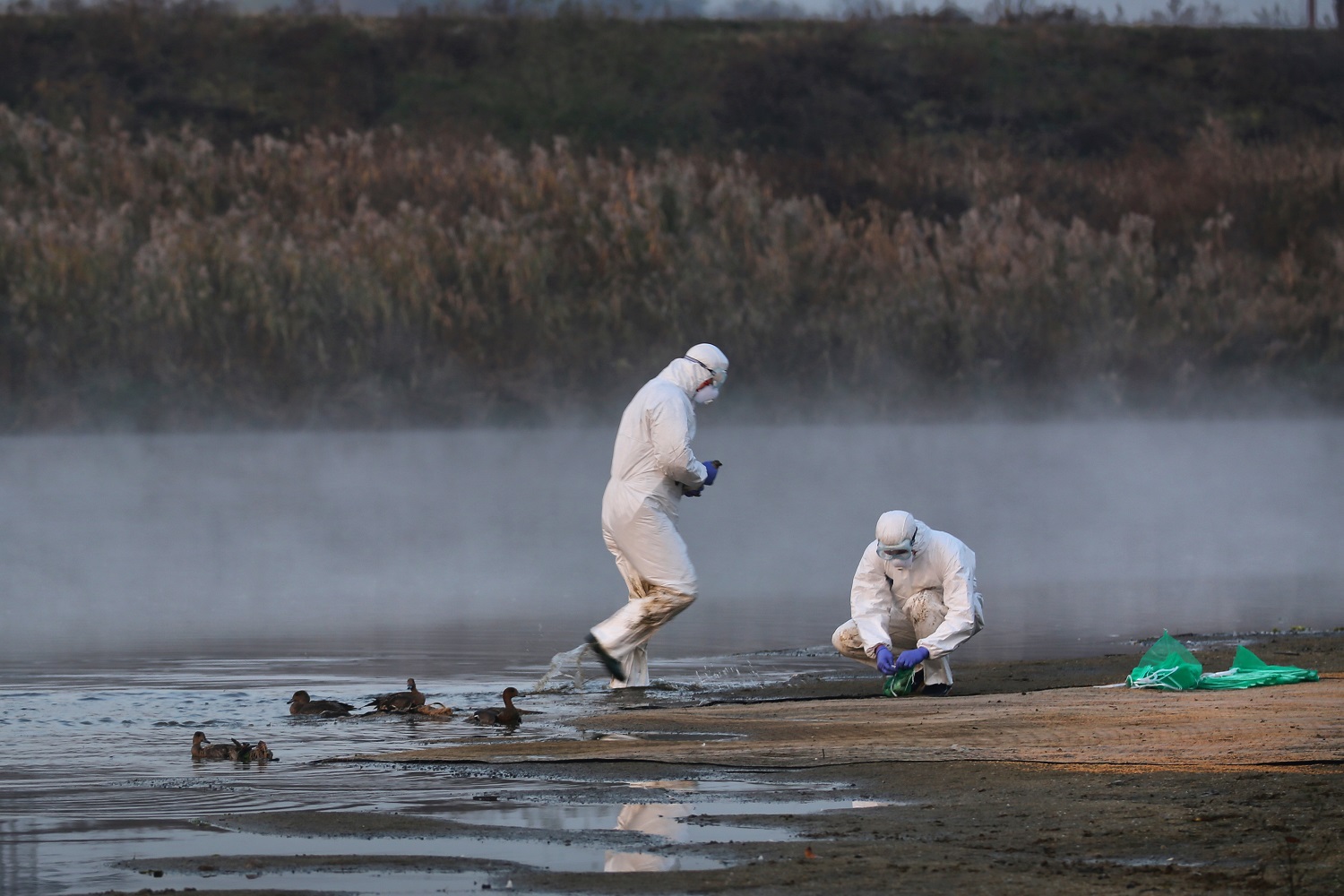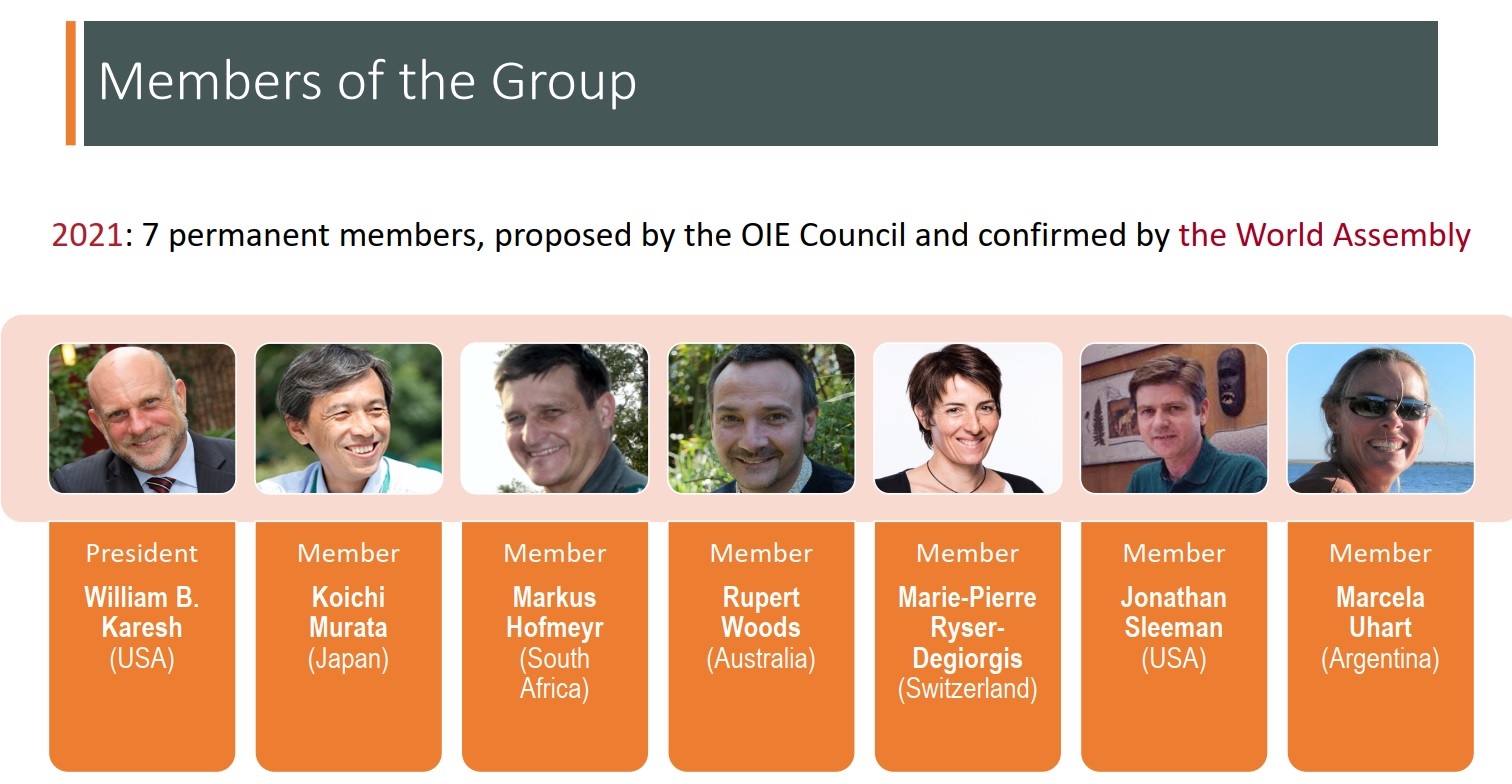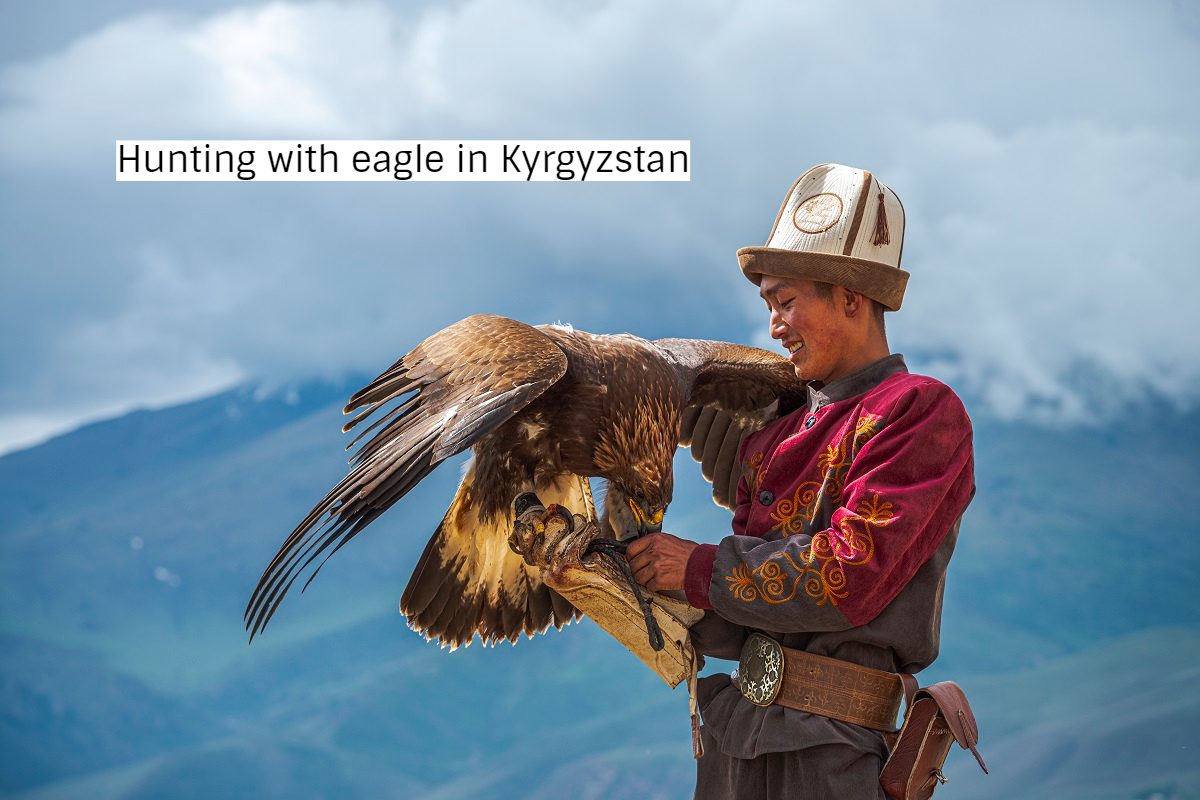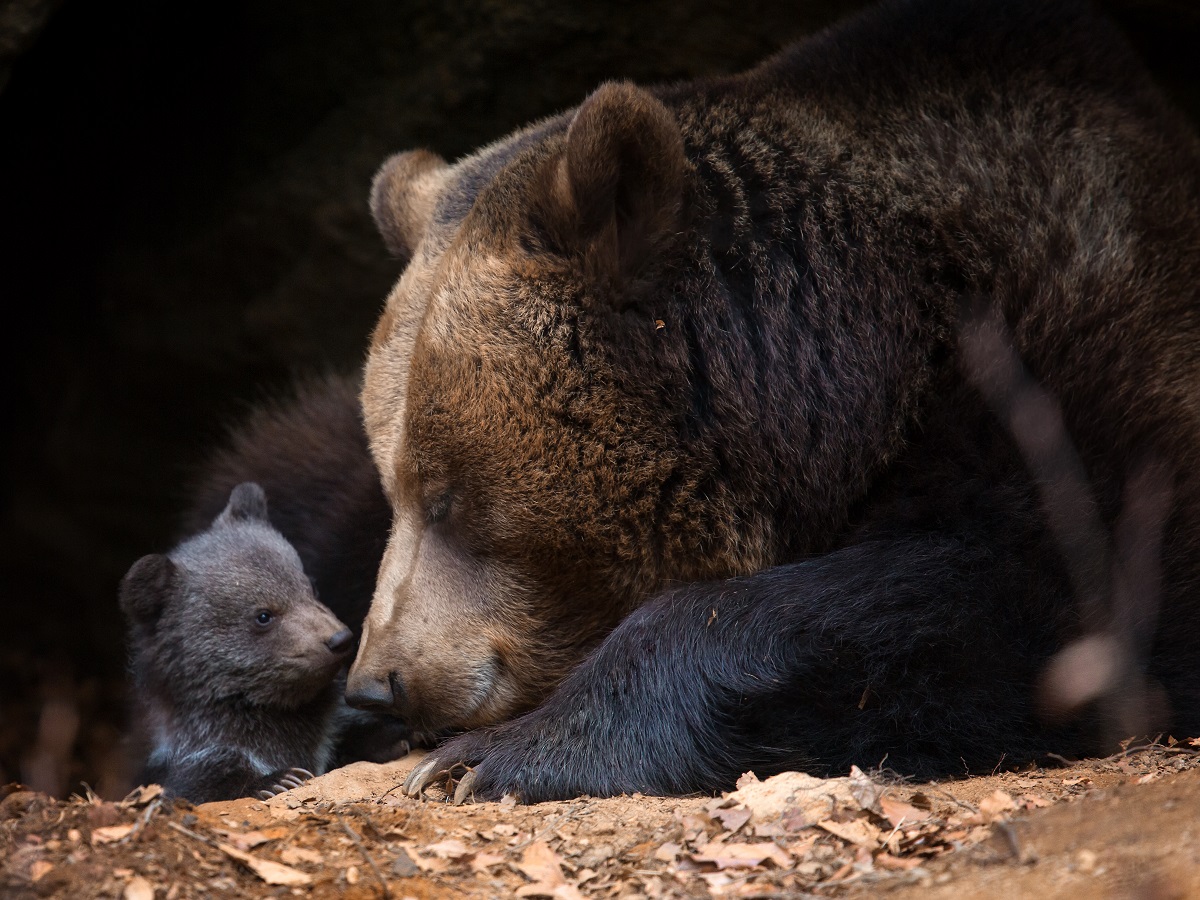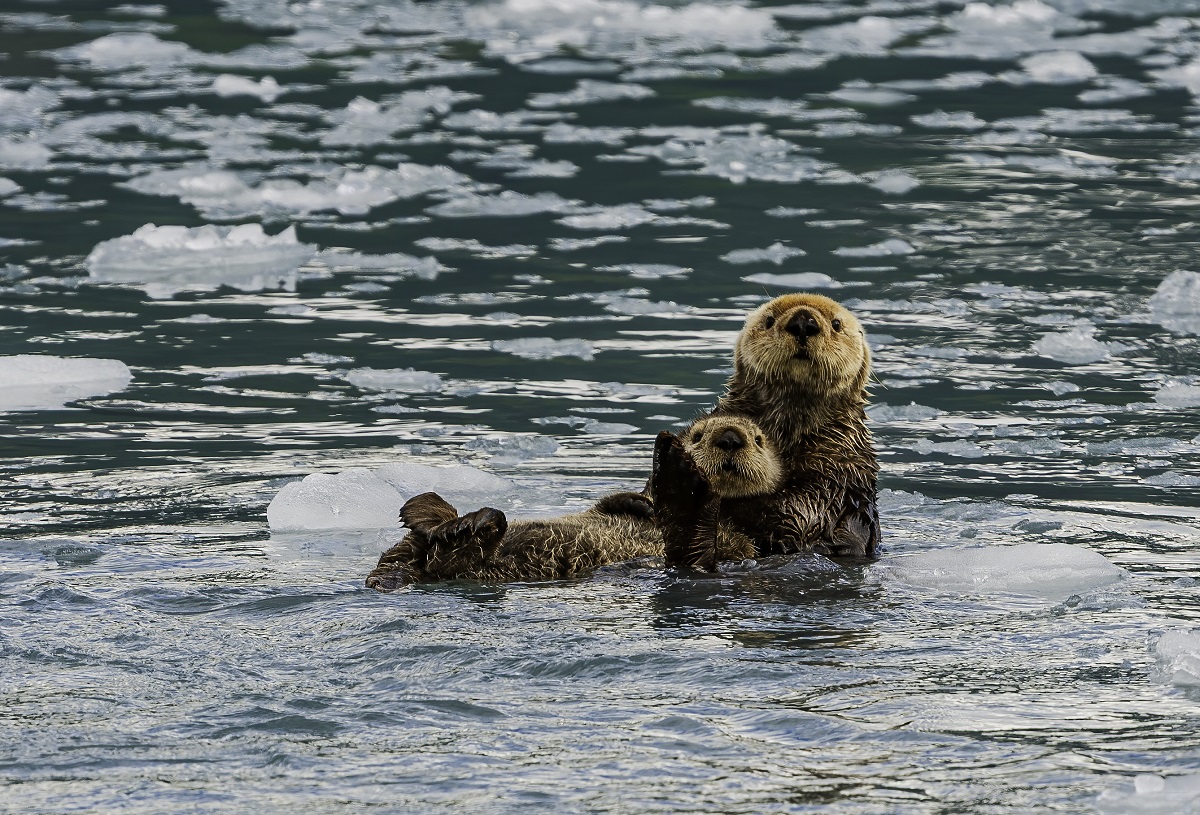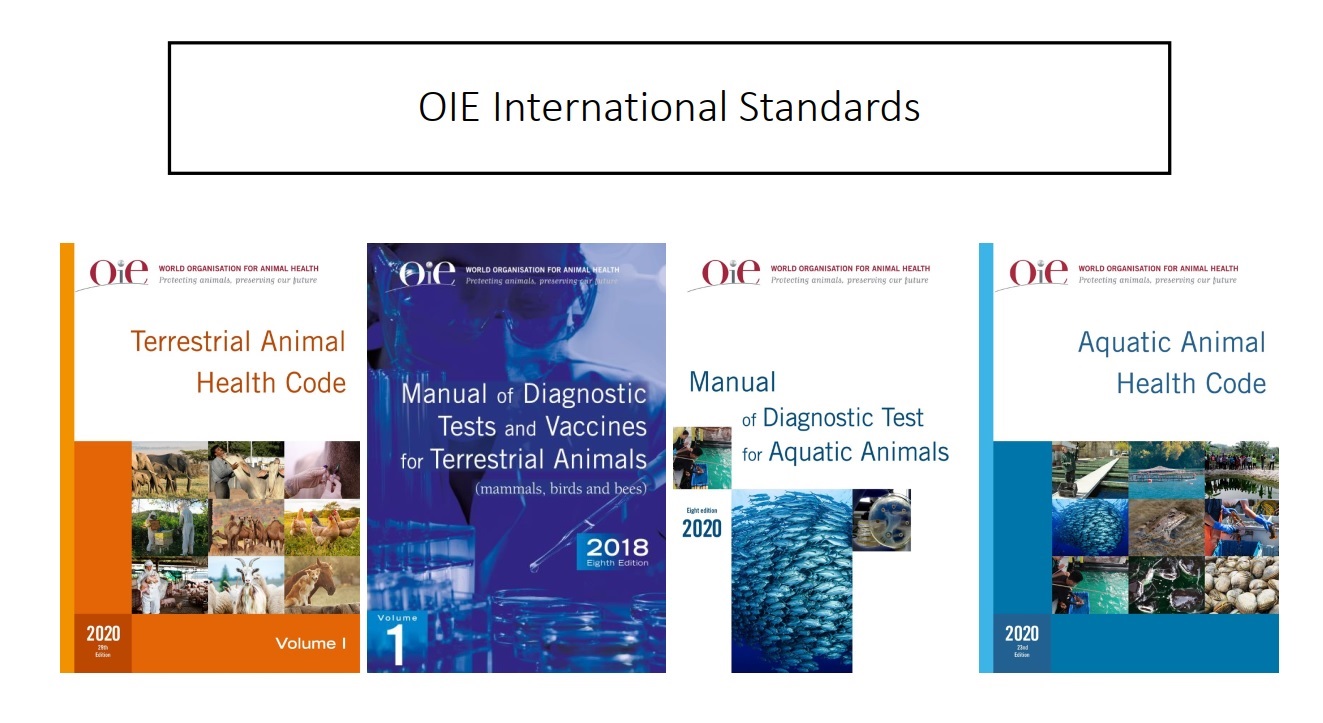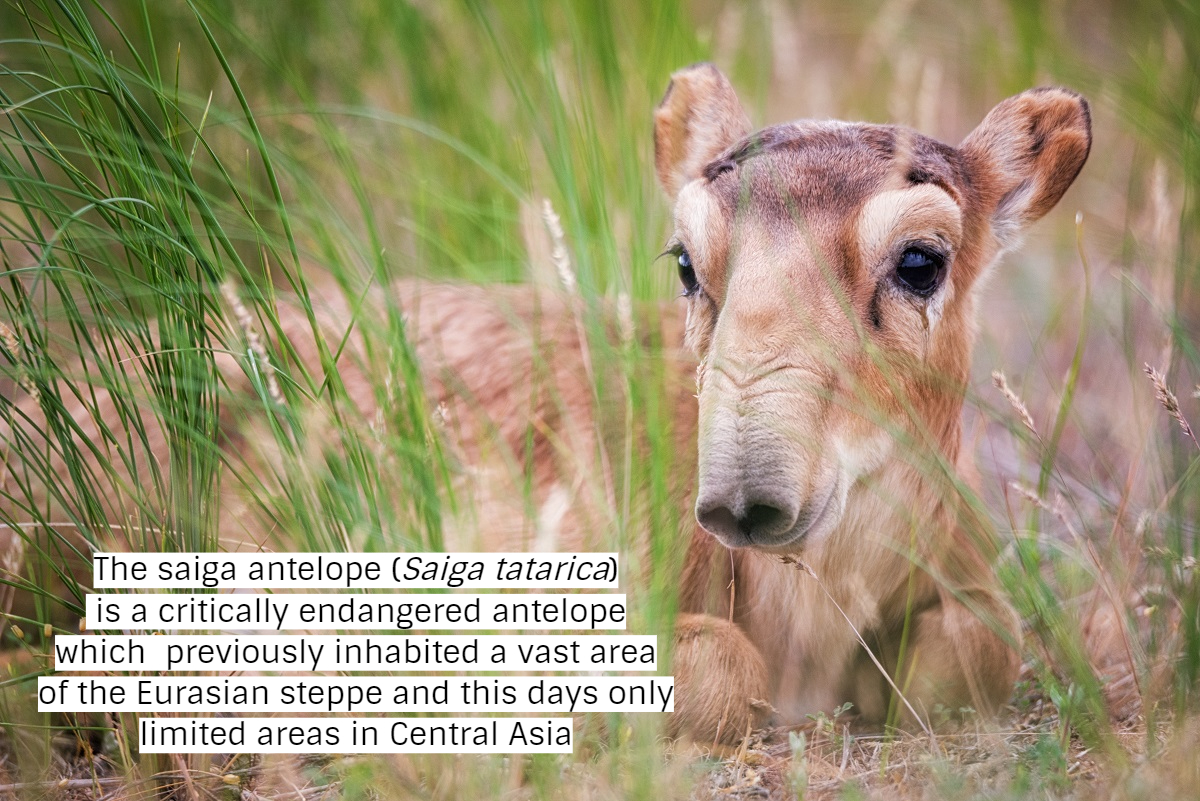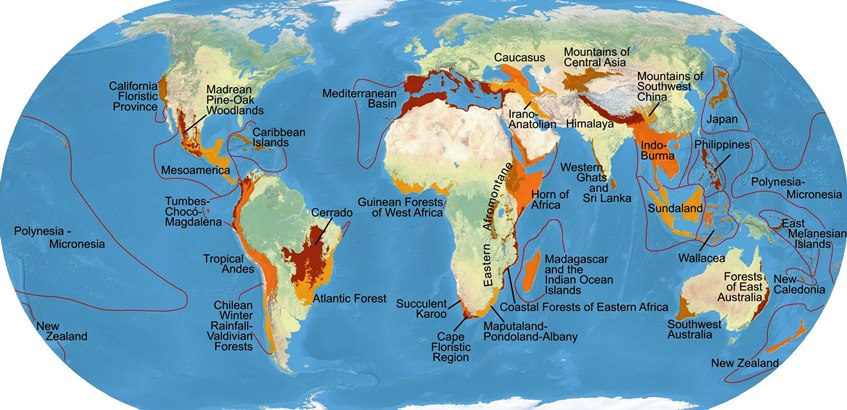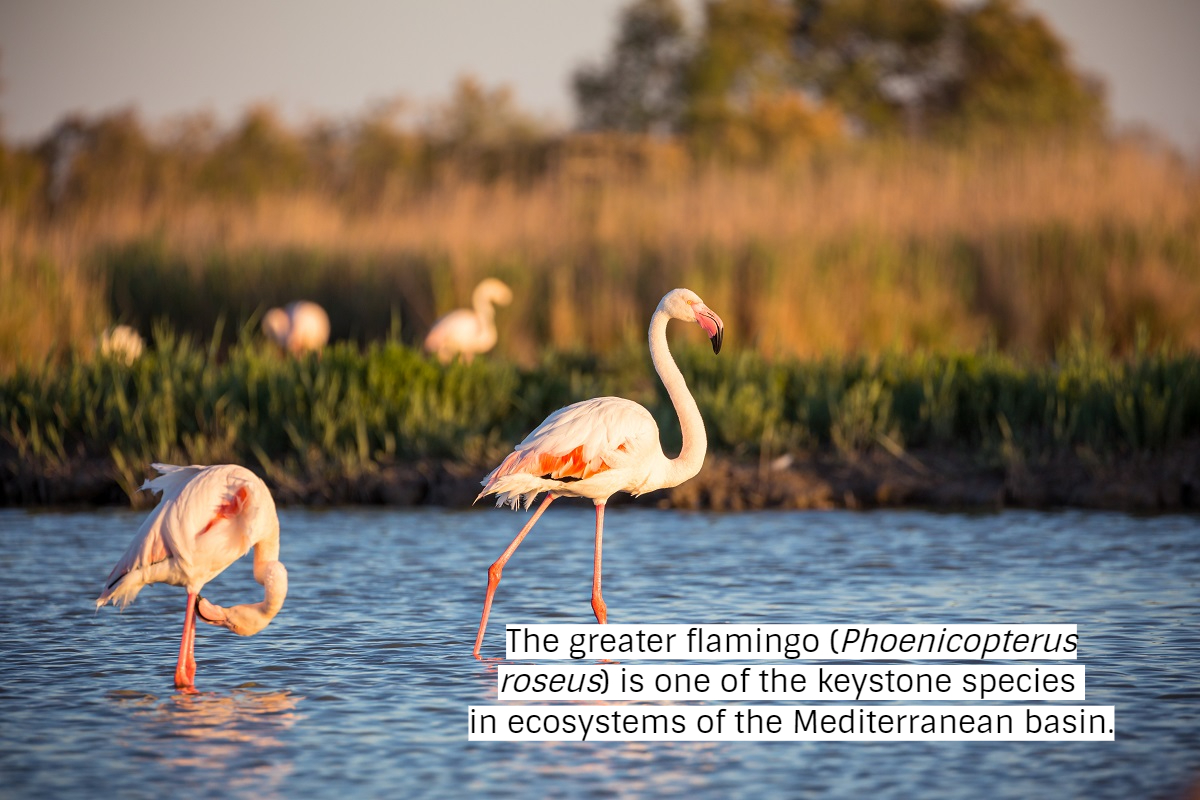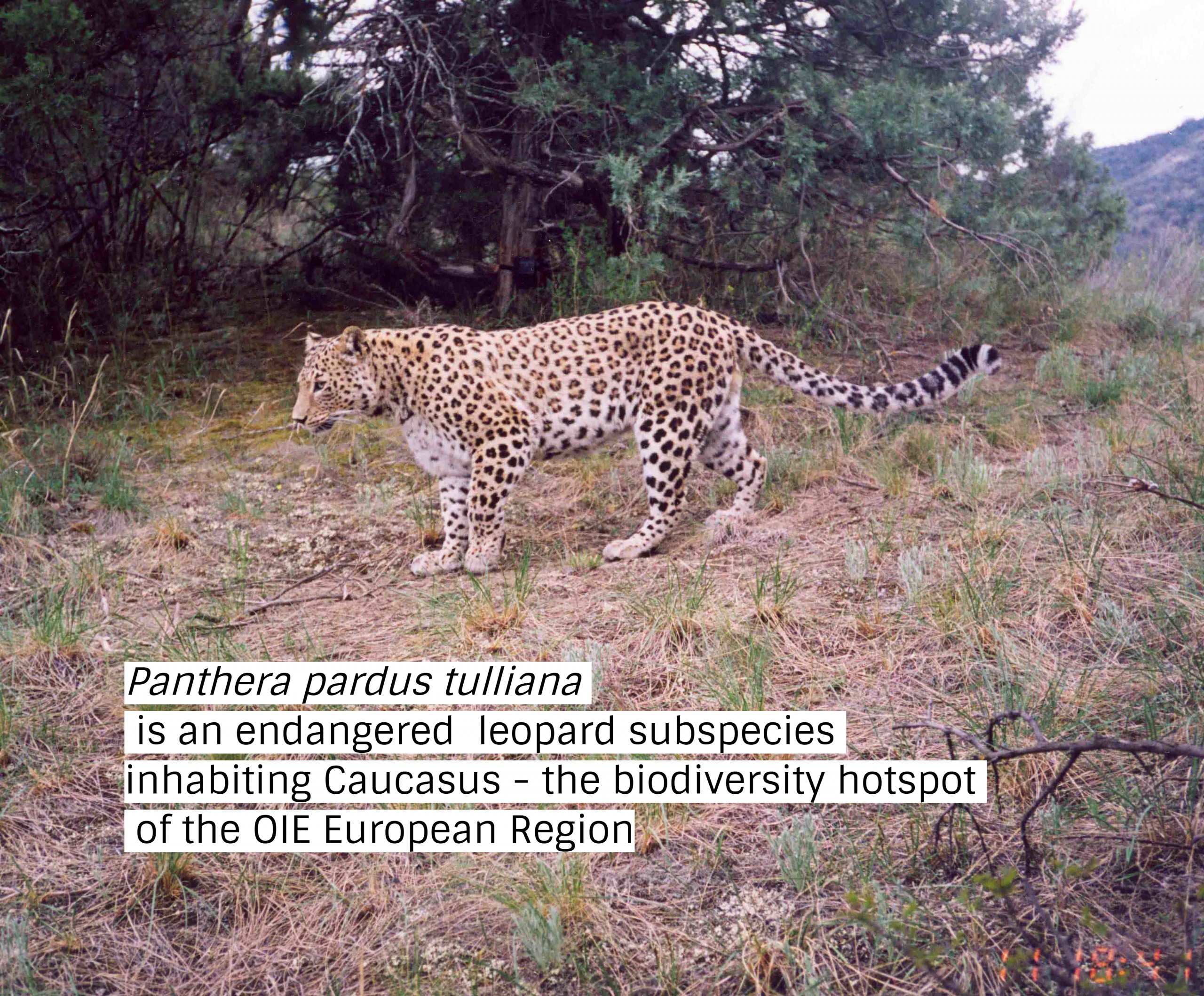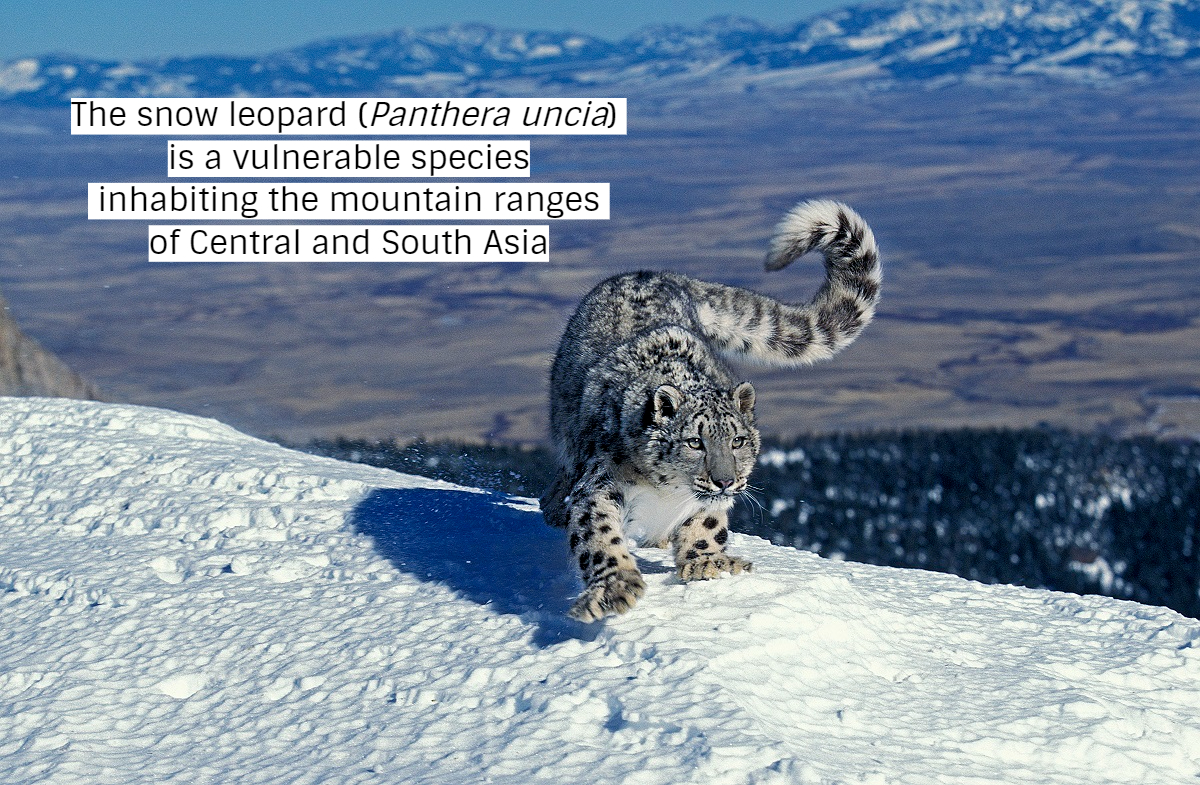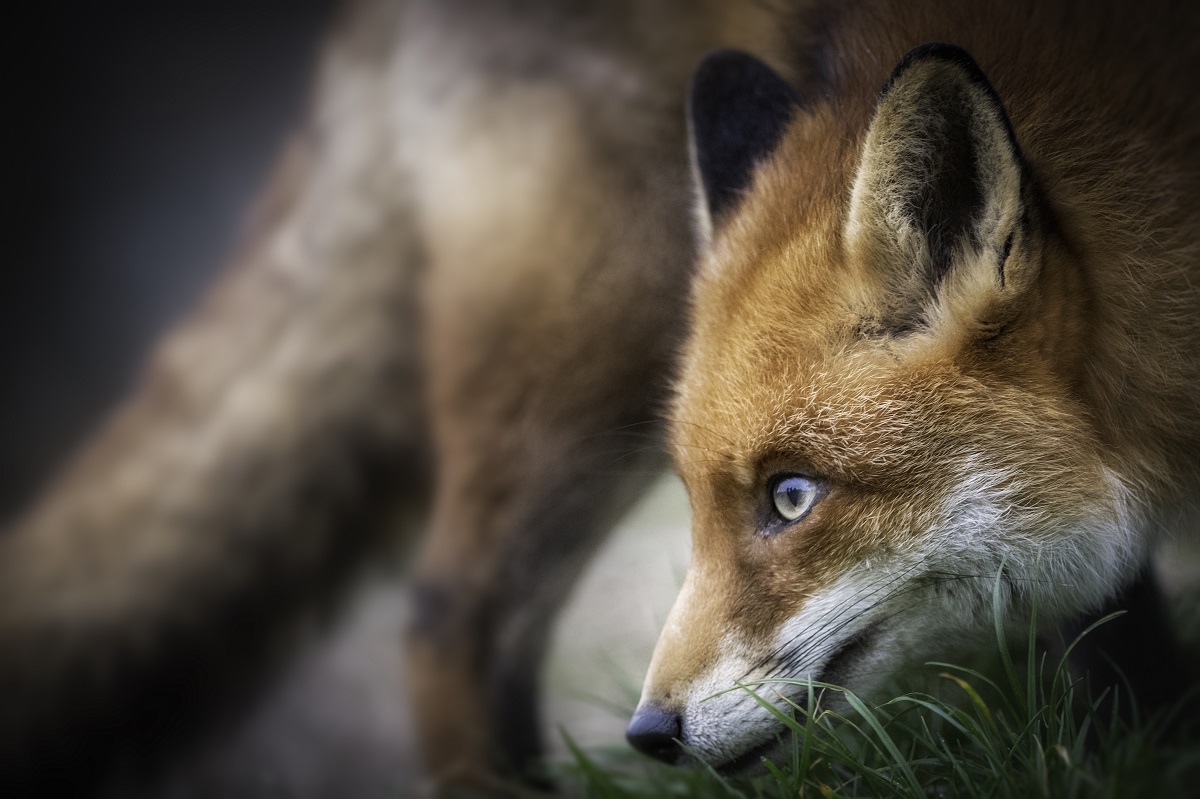
The World Organisation for Animal Health (WOAH) has nearly 100 years of experience working at the human-animal-ecosystems interface to reduce disease threats, including those coming from wildlife. Rinderpest, a devastating disease of both wildlife and livestock, was the initial trigger for establishing WOAH (founded as OIE) in 1924.
To help Veterinary Services the World Organisation for Animal Health has developed different internationally recognized tools and expert frameworks. In 2020 in consultation with Members, experts, and key partners, we developed a Wildlife Health Framework. Two main priorities have been identified and will contribute to public health and conservation objectives, respectively: 1) to improve our Members’ ability to manage the risk of pathogen emergence in wildlife and transmission of zoonotic diseases at the human—animal— ecosystem interface, whilst taking into account the protection of wildlife; 2) to support our Members to improve surveillance systems, early detection, notification and management of wildlife diseases.
Dr Monique Éloit, the WOAH Director General
Wildlife is essential to maintain healthy and functioning ecosystems that provide benefits to humans – ecosystem services. They include provision of food, fresh water, wood, fuel, and other goods, regulating and supporting services, such as pollination of crops, prevention of soil erosion and water purification, and cultural and aesthetic values. Read more about ecosystem services.
At the same time wild animals carry a rich diversity of infectious pathogens, majority of which remain undiscovered or poorly studied. Active human intervention in natural ecosystems in the last decades violated ecosystems integrity and increased risks of zoonotic infectious disease outbreaks. 60.3% of emerging infectious disease events are caused by zoonotic pathogens, and 71.8% of them originate from wildlife.
Human activities, climate change, pollution and habitat degradation resulted in unprecedented rate of species extinction and rapid biodiversity loss. The current species extinction rate is estimated to be between 1,000 and 10,000 times higher than the natural or ‘background’ rate, according to the International Union for Conservation of Nature. The disappearance of keystone species, for example, pollinators, would have important ecological, socio-economic, and global health impacts. Biodiversity loss increases the probability of zoonotic diseases outbreaks.
Therefore, wildlife health deserves understanding, investment, support and attention by all interested parties, including national authorities, science, industry, international organizations, NGOs.
Dr Budimir Plavsic, the OIE Regional Representative for Europe
Red deer in the forest
Our Regional and Sub-Regional Representations for Europe work for 53 countries. These countries encompass the vast territory of Eurasia: from Arctic tundra to the Central Asian southern desert in Kazakhstan, Uzbekistan and Turkmenistan, and from the Atlantic coast in Portugal and Iceland to the Pacific coast in Russian Far East. Majority of the region territory, which belongs to the Palearctic zoogeographic realm, is covered with different forests: temperate broadleaf and mixed, coniferous and boreal (taiga).
Wildlife in the WOAH European Region, as well as other areas on the planet, is affected by climate change, pollution and anthropogenic pressure. Member countries face consequences of wildlife associated disease outbreaks, such as avian influenza, rabies, African swine fever, bovine tuberculosis, brucellosis, West Nile fever and Crimean-Congo hemorrhagic fever, Schmallenberg, morbilliviruses in aquatic mammals and many others.
Besides of consequences for human health and economy, disease outbreaks in wild populations pose a significant threat to endangered wildlife species. Among these are distemper in the Amur tiger (Panthera tigris altaica), chytridiomycosis in frogs and squirrel pox in red squirrels. Read more about infectious diseases in European wildlife.
One of the special territories of our European region is Arctic, which is warming much faster than global average. The climate change is predicted to affect the distribution of infectious diseases in the Arctic, including zoonotic. Read more about climate change and infectious diseases in the Arctic.
Joy Adamson, Austrian naturalist and writer (1910-1980)
Veterinary Services under overall management of the national veterinary Competent Authority are responsible for ensuring animal health and welfare and are often at the forefront of zoonotic disease management. They play a central role in reducing the risk of disease emergence and spillover at the human-animal-ecosystem interface.
Veterinary Services can promote and ensure early detection of diseases in wildlife through solid surveillance systems, safe trade of wildlife, and the maintenance of wildlife health to support healthy ecosystems.
However, many Veterinary Services around the world, including European region, currently lack the capacity and resources, as well as the appropriate regulatory and One Health, multisectoral collaboration frameworks to fulfil their potential in this area.
Working Group on Wildlife was founded in 1994, to advise the WOAH on health problems relating to wild animals (whether in the wild or in captivity). This working group is composed of 7 members who are scientists recognized worldwide for their knowledge in their respective disciplines. They prepare recommendations and oversee numerous scientific publications on the surveillance and control of the most important specific wildlife diseases.
It meets once a year in person and several times during the year by teleconference. The Working Group reports to our Director General who will transmit the report, or relevant parts of it, to the appropriate Specialist Commissions of WOAH.
In April 2020, acknowledging the possible wildlife origin of SARS-CoV-2 and citing several other recent significant disease spill over events at the human-animal-ecosystems interface, the WOAH Wildlife Working Group issued a Statement on Wildlife Trade and Emerging Zoonotic Diseases. The group has also developed a Wildlife Disease Reporting Action plan, to improve the collection, analysis, reporting and utilization of good quality wildlife health data at national and global level.
The WOAH nominates and provides training seminars and manuals for the Focal Points for Wildlife in Member Countries. In September 2021, the five Regional Representations of the WOAH successfully organised the first inter-regional training course for wildlife focal points across five regions and in twelve different time zones. Read more about this training course.
Mother bear with baby bear
The WOAHmaintains a network of our Collaborating Centers and Reference Laboratories, including those on wildlife, for the purposes of providing scientific expertise and support to the WOAH and its Members, and for promoting international collaboration on animal health and welfare. Collaborating Centers are designated for a specific specialty within a focus area relating to the management of general questions on animal health issues. In its designated specialty, they must provide their expertise internationally.
Mother and Young Alaska Sea Otter, Sea otter, Enhydra lutris, Prince William Sound, Alaska, cold water, near glaciers, ice from a glacier. resting; floating; mother; pup; young otter; swimming; holding pup. At Suprise Glacier in Prince William Sound;
The WOAH is the WTO reference organisation for standards relating to animal health and zoonoses. We publish 2 codes (Terrestrial and Aquatic) and 2 manuals (Terrestrial and Aquatic) as the principal reference for WTO members.
International WOAH Guidelines and Standards provide a global framework to support the establishment of robust wildlife health surveillance and management systems at regional, national and local level and to guide Veterinary Services and their partners. These systems support the implementation of best practices to reduce disease risks in the context of wildlife trade and the supply chain.
Many of the chapters in the WOAH Terrestrial Animal Health Code and Aquatic Animal Health Code deal with wildlife, partly or entirely. Learn more about our International Standards.
The WOAH Working Group on Wildlife regularly encourages countries to notify wildlife diseases through the World Animal Health Information System (WAHIS) – Wild platform.
Reporting of WOAH-listed diseases in wildlife had been consistent over the years. However, since 2012, non WOAH-listed diseases have observed a downward trend in notifications. Considering the potential threat to animal and/or human health that these diseases may represent, the Working Group has recently revised the criteria for voluntary reporting of non WOAH-listed diseases. This aims to facilitate reporting activities and ultimately contributes to document and generate knowledge on new infectious and non-infectious agents in wildlife. In addition, over 20 technical disease cards were prepared by the Group. These aim to provide clear and detailed information on these diseases, thus facilitating its reporting to the WOAH by its Members.
Relevant WOAH Programmes for Wildlife
https://www.oie.int/en/solidarity/laboratory-twinning/
https://www.oie.int/en/solidarity/pvs-pathway/
Learn about our activities related to wildlife from the presentation of Dr Budimir Plavsic, the WOAH Regional Representative for Europe. The document was presented during the One Health EJP Summer School 2021 “Environmental Issues in One Health: from risk assessment to surveillance”.
The region includes three biodiversity hotspots – territories which are both biologically rich and deeply threatened: the Mediterranean basin, the Caucasus and the Mountains of Central Asia.
The Conservation International recognizes 36 biodiversity hotspots all over the world – regions, which represent approximately 2.5% of Earth’s land surface.
Below is the map of biodiversity hotspots by the Conservation International.
The Mediterranean basin is recognized as a biodiversity hotspot: its flora diversity is outstanding with 15,000 to 25,000 species, 60% of which are unique to the region. About one third of the Mediterranean fauna is endemic. At the same time the Mediterranean region has historically been the territory of intense human activity. It resulted in habitat loss and degradation, for example through dam construction and coastal infrastructural development.
According to the IUCN, 1,912 species of amphibians, birds, cartilaginous fishes, endemic freshwater fishes, crabs and crayfish, mammals, dragonflies and reptiles have been assessed to date in the Mediterranean region. About 19% of these species are threatened with extinction: 5% Critically Endangered, 7% Endangered and 7% Vulnerable.
Formed between the Black and Caspian Seas, the Caucasus ecoregion is a biological crossroads, where plant and animal species from Europe, Central Asia, the Middle East, and North Africa mingle with endemic species found nowhere else on earth.
The hotspot spans 500,000 square kilometers including Armenia, Azerbaijan and Georgia, as well as small portions of Russia, Iran and Turkey. This relatively small area holds a number of different landscapes from semi-desert to high altitude tundra, from alpine meadow to deep forest.
However, the conservation situation in the biodiversity hotspot has deteriorated because of the social and economic crises.
The Mountains of Central Asia were known to early Persians as the “roof of the world.” The hotspot holds a large number of endemic plant and animal species, but water stress and civil conflicts have placed much of its unique biodiversity under serious threat.
